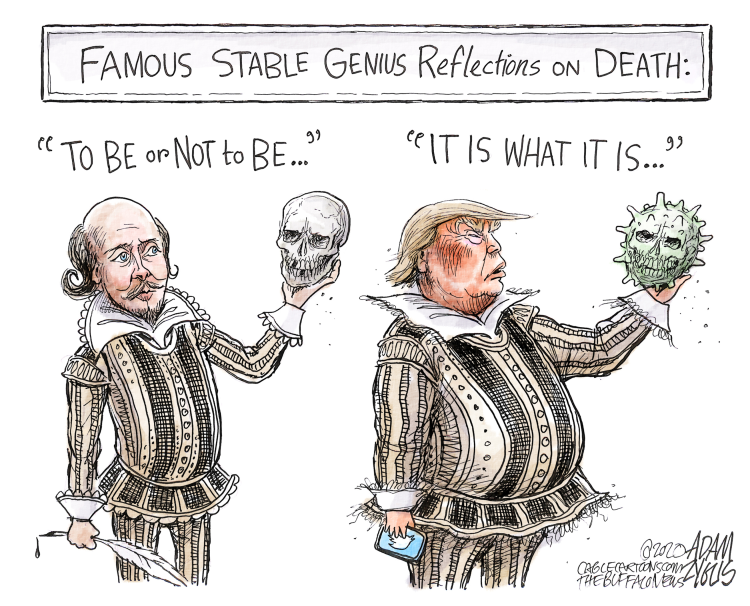The US Civil War drastically reshaped how Americans deal with death – will the pandemic?

More than one-million people living in the United States have died of COVID-19 during the past two years.
The numbers paint a clear picture of devastation, though they can’t capture the individual and familial pain of losing loved ones – which will no doubt transform many more millions of Americans’ lives.
The impact of this mass death on American society is less clear, especially since the pandemic is not over. While there have been a few moments of public remembrance – 700,000 white flags placed on the National Mall, and President Joe Biden’s brief words noting the “one million empty chairs around the dinner table” – the country is only beginning to grapple with the shared grief of so many deaths.